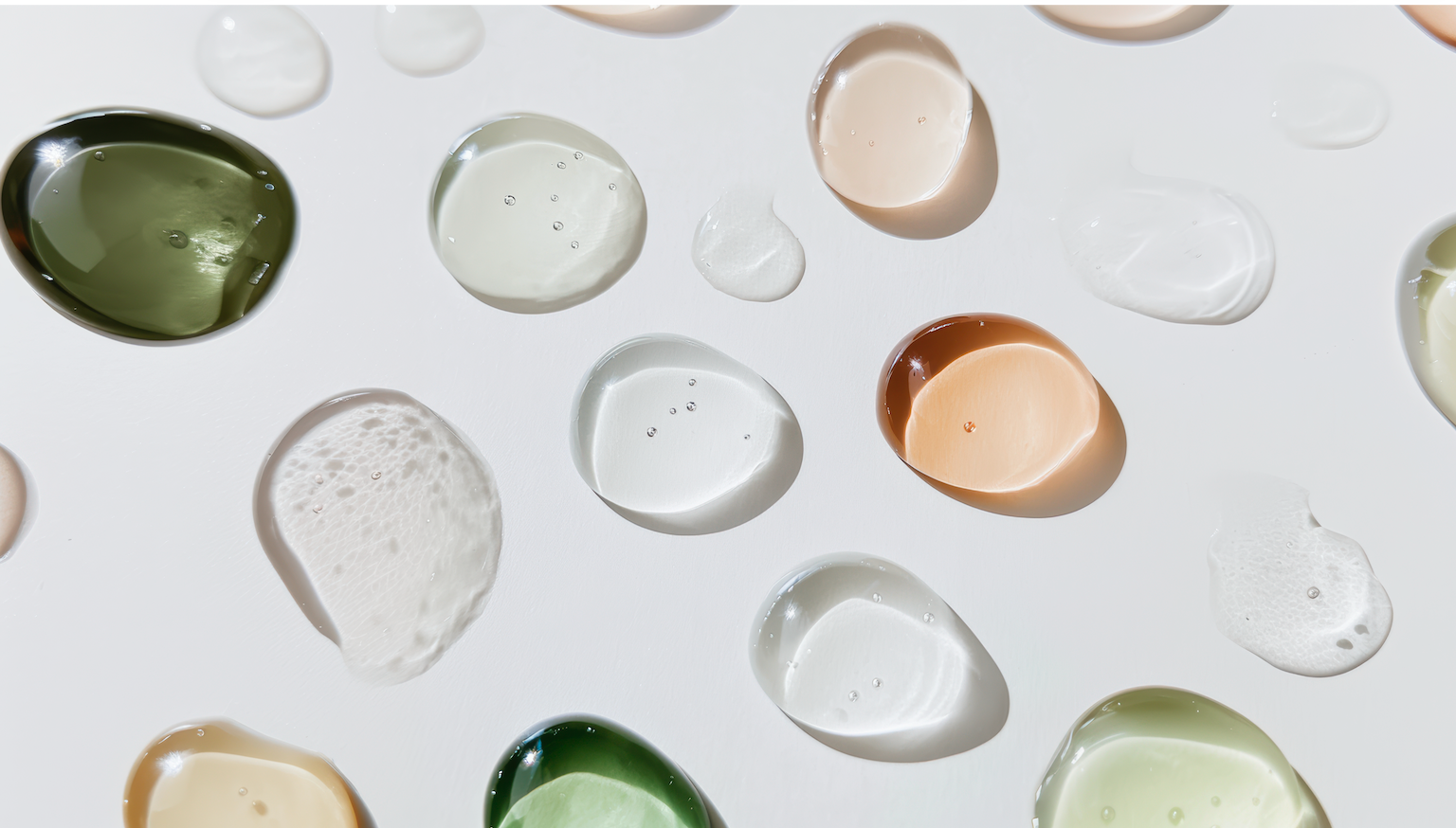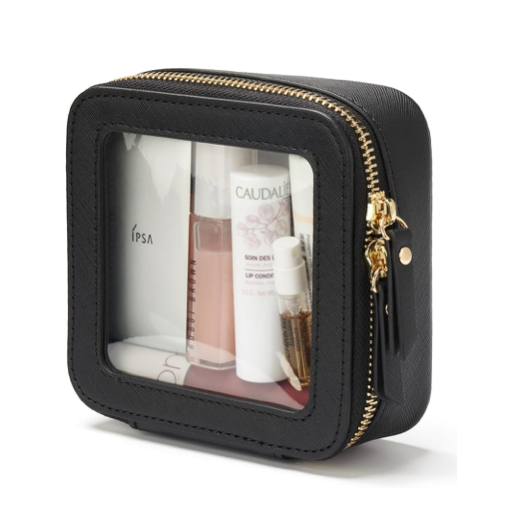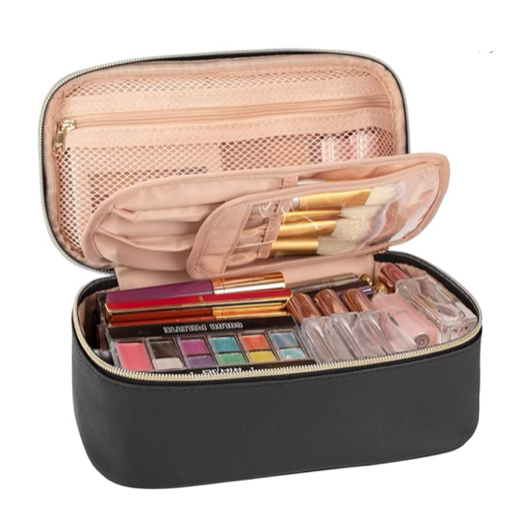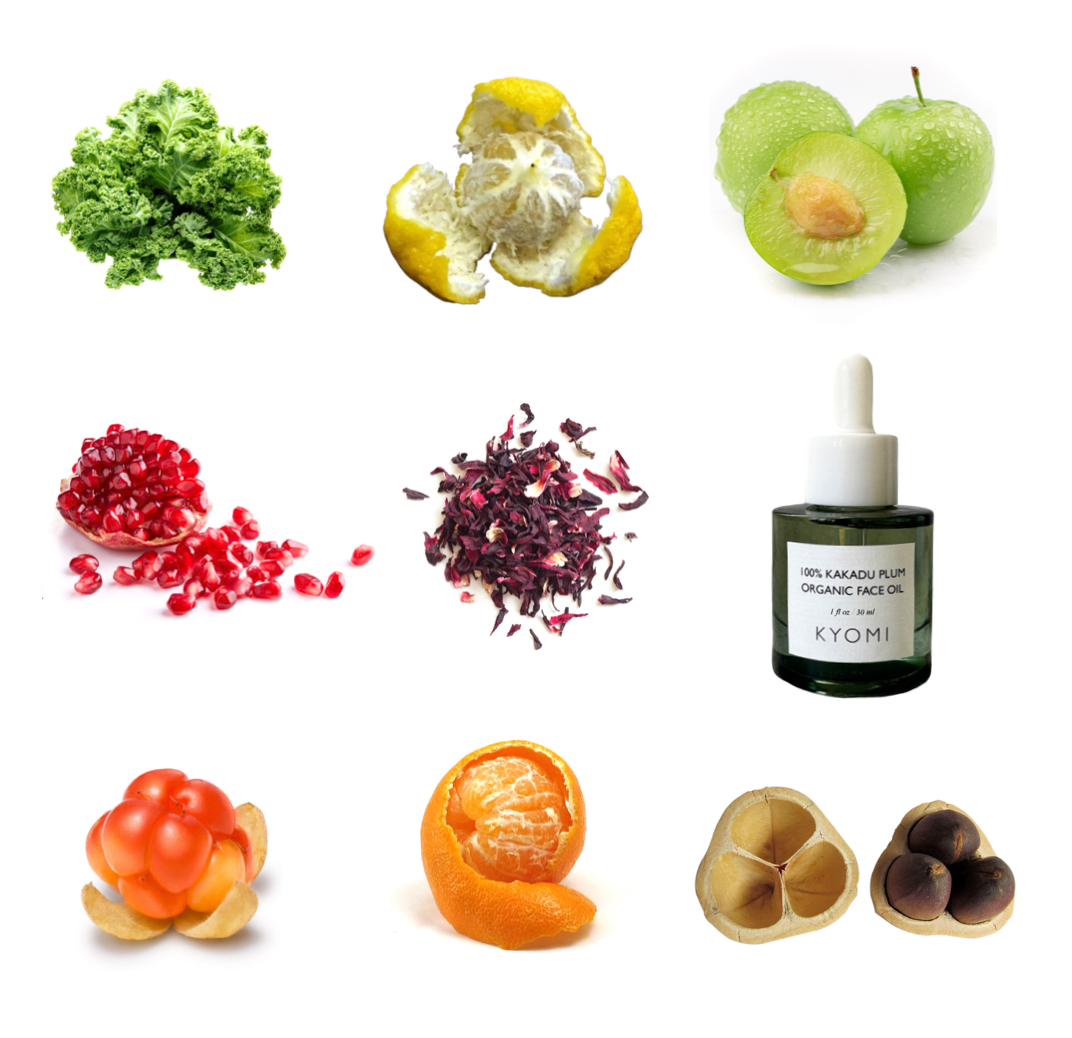Face Oils vs. Serums
Walk into any skincare aisle or scroll through a beauty site, and you’ll see two product categories pop up again and again: face oils and serums. They’re often packaged in similar bottles, applied the same way, and promise transformative results — but they are not the same thing. And understanding the difference between them can mean the difference between a good routine and a great one.
In this guide, we’ll break down how face oils and serums differ in composition, function, and results — plus how to choose (and layer) them for maximum anti-aging, hydration, and glow. By the end, you’ll know exactly which one your skin needs… and why, in many cases, it’s both.
Face Oils vs. Serums: A Quick Overview
Let’s start with the basics.
-
Serums are lightweight, water-based treatments packed with concentrated active ingredients — think antioxidants, peptides, hyaluronic acid, and growth factors. Their small molecular structure allows them to penetrate deep into the skin to treat specific concerns like wrinkles, dullness, or hyperpigmentation [1].
-
Face oils are lipid-based formulas made from botanical oils and fatty acids. They nourish the skin barrier, lock in moisture, and protect against environmental stressors. Because they’re oil-soluble, they sit closer to the surface and work to nourish, seal, and protect [2].
Think of serums as the “corrective” step in your routine and oils as the “supportive” one. Serums deliver targeted results; oils enhance and lock them in.
See the Face Oil Collection →
See the Face Serums →
What Is a Serum? (And Why It’s a Game-Changer)
Serums are the powerhouses of any skincare routine. They’re typically water- or gel-based and formulated with high concentrations of active ingredients designed to penetrate deep into the epidermis — where most skin issues originate.
Key Benefits of Serums
-
Deep Delivery of Actives: Because of their small molecular size, serums penetrate deeper layers of the skin, targeting fine lines, uneven tone, or dehydration at the source [3].
-
High Concentration: Serums contain potent levels of actives like vitamin C, niacinamide, peptides, and retinol — far more than most moisturizers or creams [4].
-
Customizable: You can choose serums tailored to your goals — brightening, firming, hydrating, calming, etc.
-
Boost Collagen and Elasticity: Many serums stimulate fibroblast activity, encouraging collagen and elastin production — key to youthful, firm skin [5].
Common Types of Serums
-
Hydrating Serums: Contain humectants like hyaluronic acid and glycerin to attract water and plump the skin.
-
Antioxidant Serums: Vitamin C, ferulic acid, and green tea extract protect against free radical damage and photoaging.
-
Peptide Serums: Support collagen synthesis and improve firmness.
-
Retinol Serums: Stimulate cell turnover and reduce fine lines and pigmentation.
Best for: Targeting specific skin concerns like aging, pigmentation, dehydration, and dullness.
What Are Face Oils? (And Why They’re Essential)
Face oils are lipid-based formulations made from plant oils, seed extracts, and fatty acids that closely mimic the skin’s natural sebum. While they don’t penetrate as deeply as serums, they provide essential barrier support — a cornerstone of youthful, resilient skin [6].
Key Benefits of Face Oils
-
Barrier Strengthening: Oils replenish essential fatty acids, ceramides, and lipids that reinforce the skin barrier — crucial for preventing water loss and protecting against environmental stress [7].
-
Sealing in Moisture: Oils create an occlusive layer that locks in hydration from serums and moisturizers beneath.
-
Nutrient Delivery: Rich in vitamins A, E, and polyphenols, oils nourish and protect skin cells while neutralizing free radicals [8].
-
Enhanced Radiance: Oils instantly boost glow by smoothing the skin surface and improving light reflection.
Common Types of Face Oils
-
Antioxidant Oils: Rosehip, plum kernel, and prickly pear oil protect against oxidative stress.
-
Barrier Oils: Jojoba, marula, and squalane mimic natural sebum and support the lipid layer.
-
Repair Oils: Cacay and bakuchiol oils stimulate renewal and soften fine lines.
Best for: Strengthening the barrier, sealing in hydration, and protecting against environmental damage.
Face Oils vs. Serums: The Science of How They Work
At the core, the difference between serums and oils comes down to molecular structure and solubility.
-
Serums = Water-Soluble: These actives are small enough to penetrate deeper skin layers. They target specific biological processes like collagen synthesis, melanin production, or cellular turnover [9].
-
Oils = Lipid-Soluble: These stay closer to the surface, replenishing and strengthening the lipid matrix that keeps skin hydrated and resilient [10].
This distinction is why dermatologists almost always recommend using both. Serums treat the skin. Oils support and protect it.
When to Use a Serum vs. a Face Oil
Choose a Serum If You Want To:
-
Treat specific concerns (wrinkles, hyperpigmentation, dullness, dehydration)
-
Stimulate collagen or cell turnover
-
Use antioxidants or peptides to boost long-term results
-
Prep skin for better absorption of subsequent products
Choose a Face Oil If You Want To:
-
Strengthen a compromised skin barrier
-
Seal in hydration and prevent moisture loss
-
Add antioxidant or vitamin-rich nourishment
-
Create a dewy, radiant finish
For most people, the best results come from using both — serum first, then oil. This layering approach allows you to harness the deep-penetrating actives of serums while locking in their benefits with a protective lipid layer.
How to Layer Serums and Oils Correctly
One of the biggest mistakes people make is applying skincare products in the wrong order. Because serums and oils differ in molecular weight and solubility, order is key for maximum absorption.
Dermatologist-Approved Layering Steps:
-
Cleanse: Start with a gentle cleanser to remove impurities.
-
Tone (optional): Apply a hydrating toner to prep the skin.
-
Apply Serum: Use 3–5 drops and press it into the skin. Wait 1–2 minutes for absorption.
-
Apply Face Oil: Follow with 2–4 drops of oil to seal in hydration and nutrients.
-
Moisturize (optional): Finish with a cream if needed, especially in dry climates.
Pro Tip: Always apply water-based products (like serums) before oil-based ones. Oil can block water-based formulas from penetrating if applied first [11].
Can You Use Only One?
Yes — but you’ll likely get better results with both.
-
If you’re under 30 or focused on prevention, a serum might be enough.
-
If you have dry or mature skin, a face oil may provide the barrier support you need.
-
If you’re over 30 or targeting multiple concerns, combining the two offers a more comprehensive approach.
Remember: serums treat the cause, while oils maintain the results.
Myths About Face Oils and Serums
There’s a lot of confusion about how serums and oils work. Let’s clear up a few common misconceptions:
Myth 1: Oils clog pores.
Not necessarily. Many natural oils are non-comedogenic and can even help regulate sebum production [12].
Myth 2: Serums are only for anti-aging.
Serums target a wide range of concerns, from redness and dehydration to acne and pigmentation.
Myth 3: You don’t need both.
While you can use one or the other, dermatologists agree that the most effective routines use both synergistically [13].
The Bottom Line: They’re Stronger Together
Face oils and serums are not competing products — they’re complementary tools designed to work together. Serums deliver targeted, high-impact actives deep into the skin, while oils nourish the surface, reinforce the barrier, and lock in moisture.
If your skincare routine currently includes one but not the other, consider adding the missing piece. For youthful, resilient, and glowing skin, a two-step approach — serum first, oil second — is one of the most effective strategies dermatologists recommend in 2026 and beyond.
See the Face Oil Collection →
See the Face Serums →
References
-
Draelos, Z.D. “Formulation considerations for serums.” Skin Pharmacology and Physiology, 2023.
-
Elias, P.M. “Lipid structure and skin barrier function.” International Journal of Molecular Sciences, 2023.
-
Schagen, S.K. “Penetration depth of active ingredients.” Journal of Cosmetic Dermatology, 2022.
-
Rawlings, A.V. et al. “Concentration of actives in cosmetic formulations.” Dermatologic Therapy, 2023.
-
Zouboulis, C.C. “Fibroblast stimulation and collagen synthesis.” Experimental Dermatology, 2023.
-
Levin, J. “Sebum mimicry and lipid balance.” Clinical Dermatology, 2023.
-
Proksch, E. “Barrier function and transepidermal water loss.” Contact Dermatitis, 2022.
-
Hwang, E. et al. “Antioxidant activity of botanical oils.” Antioxidants, 2023.
-
Dreno, B. et al. “Water vs. lipid solubility in skincare delivery.” International Journal of Cosmetic Science, 2023.
-
Kim, S. et al. “Lipid-based formulations and absorption.” Journal of Applied Cosmetology, 2023.
-
Tsai, T.F. “Layering strategies for optimal absorption.” Cosmetic Dermatology, 2023.
-
Patel, R. “Non-comedogenic properties of botanical oils.” Journal of Investigative Dermatology, 2023.
-
Ganceviciene, R. et al. “Synergistic use of serums and oils.” Clinical Dermatology, 2023.












